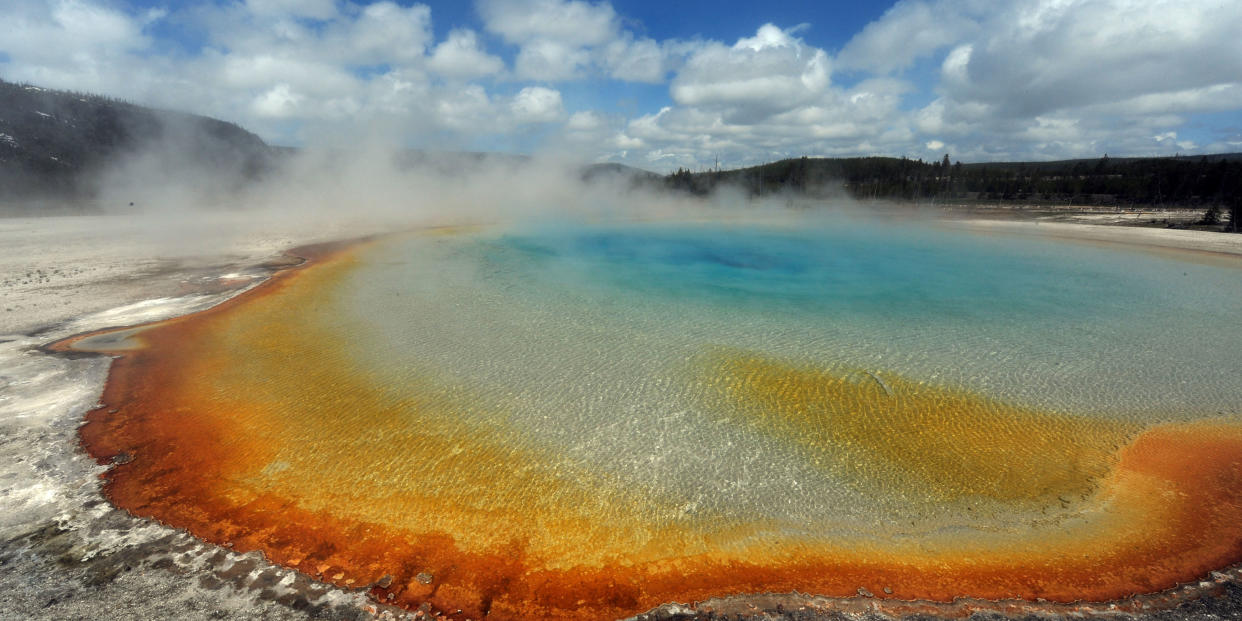NASA Wants to Stop a Doomsday Supervolcano by Stealing its Heat

Beneath Yellowstone National Park is a giant volcano. The heat from this volcano powers all of the park's famous geysers and hot springs, so most tourists probably don't worry about having tons of hot magma under their feet. But perhaps they should: The Yellowstone supervolcano is a disaster waiting to happen.
The supervolcano erupts about every 600,000 years, and it's been about that long since the last eruption. That means the volcano could erupt any day now, and if it does it'll send enough dust and ash into the sky to blot out the sun for years, along with blowing a 25-mile-wide crater in the western U.S. That's why a group of NASA scientists and engineers are developing a plan to prevent an eruption by stealing the volcano's heat.
Volcanoes like Yellowstone spend hundreds or thousands of years gradually building up heat until they reach a critical point, and then they erupt. But outlets like geysers and hot springs can bleed out some of that heat, delaying the inevitable eruption.
NASA's plan is to drill a hole into the side of the volcano and pump water through it. When the water comes back out, it'll be heated to over 600 degrees, slowly cooling the volcano. The team hopes that given enough time, this process will take enough heat from the volcano to prevent it from ever erupting.
As a bonus, the scientists are proposing to use the heated water as a source of geothermal energy, potentially powering the entire Yellowstone region with heat from the volcano that wants to destroy it. A geothermal generator could produce energy at around $0.10 per kWh, competitive with other energy sources.
Of course, this plan is the definition of "long-term." In order to siphon off enough heat to neutralize the threat of the volcano, the geothermal generator would have to be run continuously for hundreds or thousands of years. But on the flipside, that means thousands of years of free geothermal energy.
NASA hopes its proposal will be adopted soon-after all, it's only a matter of time before the volcano erupts-and that their idea will be implemented at other supervolcanoes across the world. Hopefully these generators will be in place before any of them decide to explode.
Source: BBC
You Might Also Like

